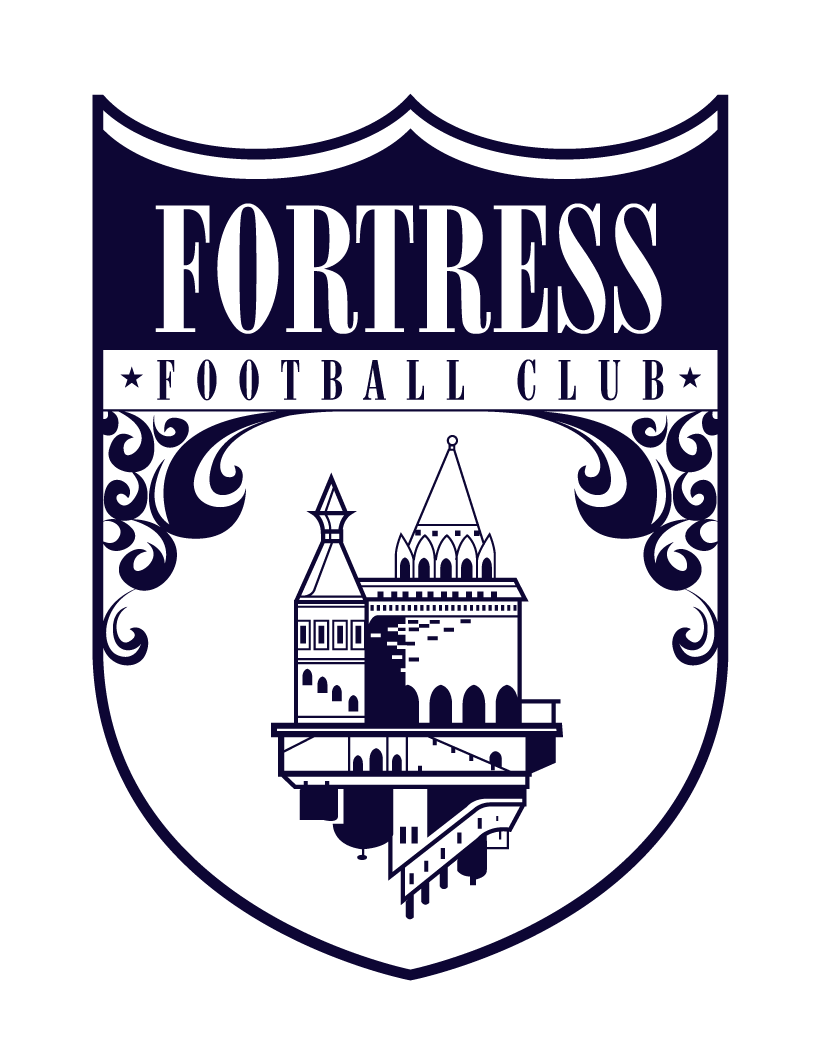Summer Soccer Camp
Summer Soccer Camp
Looking for a different soccer camp this Summer? You’ve found it! Our soccer camps are specific to our club philosophy, Spanish-Style Soccer.
What is Spanish Style Soccer?
Also known as “Positional Play”, Spanish style soccer is a strategic approach to the game that emphasizes specific player positioning, movement patterns, and spatial relationships on the field. Originating from the teachings of Dutch coach Rinus Michels and further developed by Johan Cruyff and Pep Guardiola, positional play has become a prominent philosophy embraced by many top-level clubs and coaches worldwide. Here's an overview:
1. Possession-Based Game: At the heart of this style is an emphasis on maintaining possession of the ball. Teams strive to dominate possession through precise passing and intelligent movement, effectively controlling the tempo of the game. Possession serves not only as a means to create scoring opportunities but also as a defensive tactic, denying opponents access to the ball and limiting their attacking chances.
2. Quick, Short Passes: Central to the concept is rapid, short passing sequences. Players are encouraged to move the ball swiftly and accurately, often with one-touch or two-touch passing combinations. By circulating the ball efficiently, teams can disorganize the opposition's defense, create space, and exploit gaps in the defensive structure.
3. Structure and Organization: Positional play revolves around structured player positioning both in and out of possession, creating a framework that optimizes ball circulation, defensive solidity, and attacking penetration. Players are assigned specific roles and responsibilities based on their positions within the team's tactical system.
4. Horizontal and Vertical Compactness: Teams practicing positional play strive to maintain both horizontal and vertical compactness on the field. Horizontal compactness refers to the team's ability to maintain close distances between players across the width of the pitch, limiting space for opponents to exploit. Vertical compactness involves maintaining compactness between the lines of defense, midfield, and attack, ensuring efficient ball circulation and defensive stability.
5. Numerical Superiority: Positional play seeks to create numerical superiority in key areas of the field, particularly in central zones where the team can control possession and dictate the tempo of the game. By overloading specific areas with players, teams can create passing triangles, diamonds, or squares to facilitate ball circulation and create passing options.
6. Building from the Back: A hallmark of positional play is the emphasis on building attacks from the back, starting with the goalkeeper and defenders. Players are encouraged to play out from the defense through short, precise passes, drawing opponents out of position and creating numerical advantages in midfield areas. This patient build-up play allows the team to progress the ball methodically while retaining possession.
7. Dynamic Player Movement: Positional play emphasizes dynamic player movement both on and off the ball. Players constantly adjust their positions to create passing angles, provide support, and exploit space. Movement patterns include rotations, overlaps, underlaps, and vertical movements to destabilize the opponent's defensive structure and create goal-scoring opportunities.
8. Technical Proficiency: Spanish-style soccer places a premium on technical excellence. Players are expected to possess exceptional ball control, vision, and passing accuracy. Training often focuses on developing technical skills from a young age, nurturing players who are comfortable with the ball at their feet and capable of executing intricate passing combinations under pressure.
9. Patience and Composure: Teams are willing to patiently circulate the ball, patiently probing the opponent's defense for openings and waiting for the opportune moment to launch incisive attacks. This patient approach requires discipline, concentration, and confidence in the team's ability to break down defenses gradually.
Key Training Features Your Child Will Be Immersed In At Camp:
Rondos: Rondos are small-sided possession games designed to improve passing, receiving, and spatial awareness. Your child will engage in various rondos tailored to their skill level, promoting quick decision-making and teamwork.
1v1's: Individual skills are crucial in soccer. Through 1v1 drills and games, your child will enhance their dribbling, feints, and defensive abilities. These sessions emphasize confidence on the ball and the ability to take on opponents effectively.
Positional Play Games: Understanding different positions and their roles on the field is essential for a well-rounded player. Our camp incorporates positional play games that simulate real match scenarios, allowing your child to learn the responsibilities and movements associated with specific positions.
Small-Sided Games: These games aim to replicate the intensity and strategic elements of full-scale matches while maximizing player involvement and ball touches. 3v3’s, 4v4’s, 5v5’s encourages greater participation, improves decision-making under pressure, and enhances individual player development. With fewer teammates, each player has more opportunities to engage with the ball.
Camp Overview:
Duration: Our camp runs for one week, Monday through Friday, from 9:00 AM to 11:00 AM
Location: Lighthouse Fellowship Church Soccer Field
Age Group: 6-12 Years Old
What to Bring:
Soccer cleats
Comfortable athletic clothing
Shin guards
Water bottle
Spaces are limited!
We're excited to see you on the pitch!

